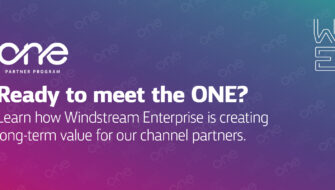How SASE is helping higher education institutions prepare for the future
Leaders in higher education understand the importance of preparation and playing the long game in their IT strategy. They know the decisions they make today will have a profound impact...






